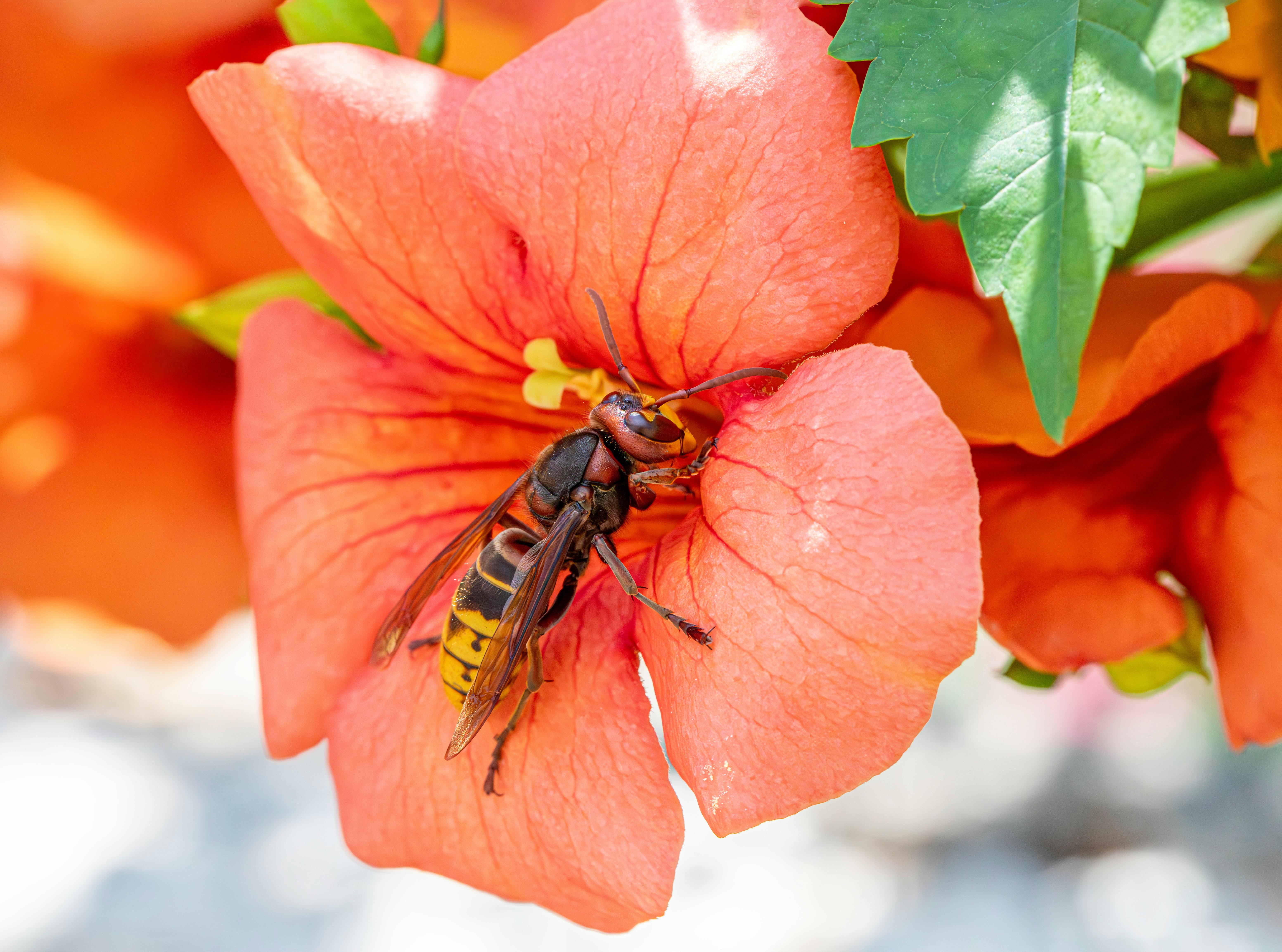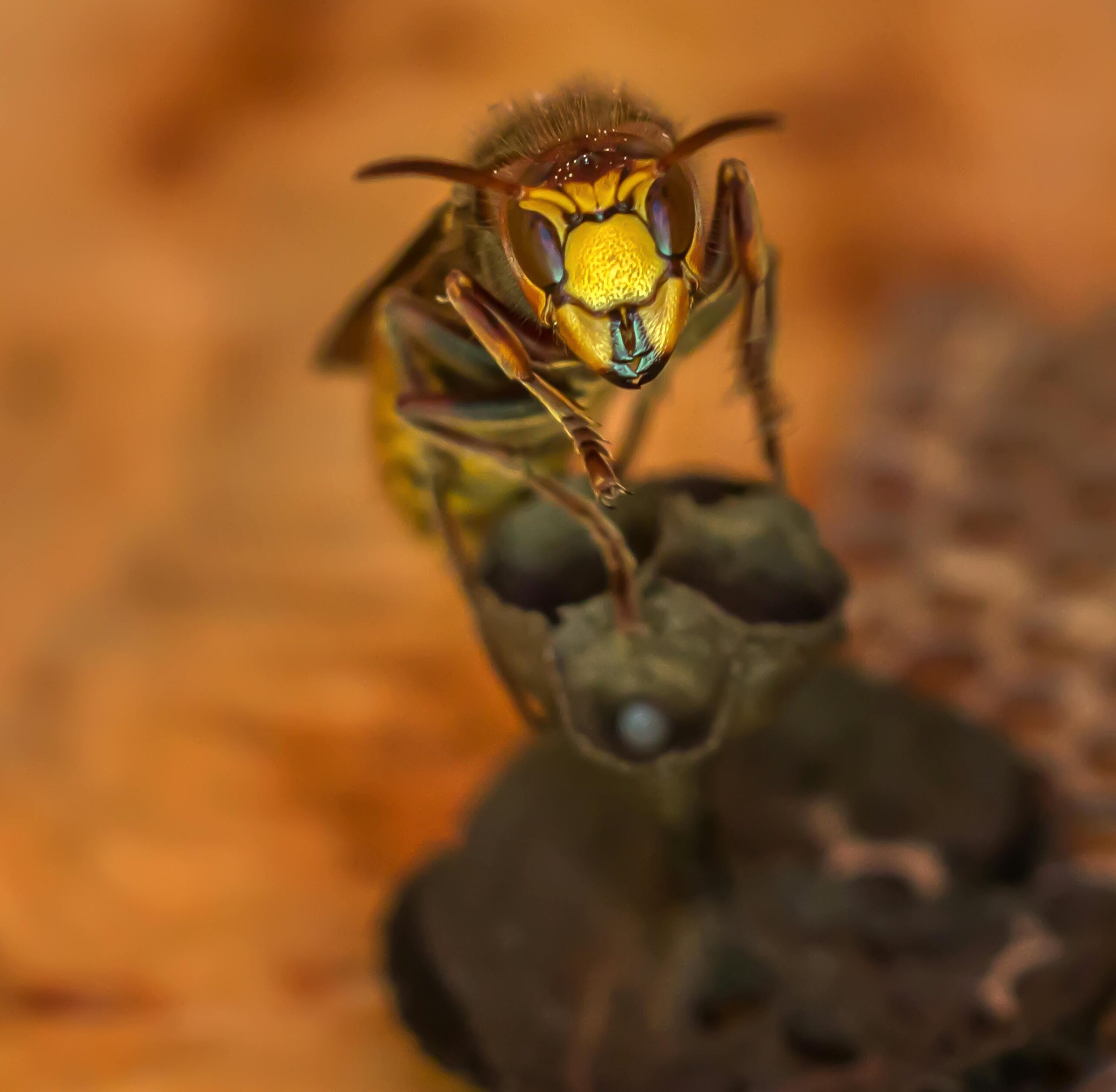Understanding the Hornissennest: A Comprehensive Guide
The anatomy of a Hornissennest
The **hornissennest**, commonly known as the hornet’s nest, is a fascinating structure created by social wasps. These nests are typically made from a substance that resembles paper, which the hornets create by chewing wood fibers mixed with their saliva. The result is a robust, layered structure resilient to the elements. A hornissennest can vary in size, housing hundreds to thousands of hornets, depending on the colony’s health and the environmental conditions. Understanding the anatomy of these nests helps in appreciating the intricate work these insects put into their homes.

Materials Used in Nest Construction
Hornets are master builders, utilizing natural resources around them to create their nests. They will often select locations near tree branches, eaves, or inside wall cavities. The primary material they use is cellulose, taken from dead wood or plant fibers. They chew and mix these materials with their saliva, forming a pulp that dries into a sturdy paper-like substance. This natural construction method not only adds insulation but also provides a protective layer against other predators. The combined efforts of the hornet colony lead to the creation of intricate architectures, showcasing their cooperative behavior.
Structure and Layers of a Hornissennest
The typical hornissennest features multiple layers, each formed by concentric circles. The outer layer is generally larger and acts as a protective cover, while the inner structure is where the larvae and adult hornets reside. Hornets often expand their nests throughout the season, adding new layers that can make them quite large by late summer or fall. Understanding this structure is crucial, especially for those who may come across a nest, as it informs both safety measures and removal techniques.
Behavior of Hornets in Their Nest
Understanding hornet behavior within the **hornissennest** can offer insights into their lifestyle and interactions. Hornets are social insects, living in structured colonies with distinct roles. The majority of hornets are worker bees, responsible for foraging, feeding the young, and expanding the nest. The queen is primarily focused on laying eggs, ensuring the survival of the colony. Hornet behavior includes defending the nest vigorously, especially during late summer when they can become increasingly aggressive.
Foraging and Feeding Habits
Hornets are predatory insects that primarily feed on other insects, which makes them beneficial for pest control. They hunt various pests, including flies, caterpillars, and spiders. In addition to their carnivorous diet, hornets also seek out sugary substances, often found in fruits or human food sources. This foraging behavior is crucial for their survival and the growth of the colony. An example of their feeding behavior can be observed during late summer when hornets may become more aggressive in search of food. Adequate food resources are essential for sustaining their fuzzy colonies.
Defensive Mechanisms of Hornets
Hornets are well-known for their defensive strategies. When their nest is threatened, they emit alarm pheromones that alert other hornets in the colony. This chemical signal prompts the colony to defend their territory vigorously. Hornets possess potent stingers, capable of delivering painful venom that can cause allergic reactions in some individuals. Understanding these defensive mechanisms is essential, especially for those who may accidentally disturb their nest.
Identifying a Hornissennest
To avoid unwanted interactions with hornets, it’s essential to recognize the characteristics of a **hornissennest**. Typically, these nests are gray and have a papery texture, resembling an oversized, round mass. They are often suspended from tree branches, located under eaves, or found in secluded spots. The size and location of the nest can offer clues regarding its inhabitants. Recognizing the early signs of a growing nest can help in addressing potential issues before they escalate.
Common Locations for Hornissennests
Hornissennests can be found in various locations, each offering unique advantages for the hornets. Commonly, these nests are built in sheltered areas, like attics, sheds, and tree branches, providing protection from the weather and predators. The higher and more hidden the location, the better it is for the colony. Understanding where these nests typically appear can help homeowners know where to keep an eye out during spring and summer months when hornets are most active.
Signs of Hornet Activity
Recognizing signs of hornet activity can be crucial for safety. Observing increased hornet sightings around your property, especially near potential nesting sites, is a clear indicator of an infestation. Additionally, fallen hornet exoskeletons or debris near their nesting area can signal the presence of a nest. Homeowners should be vigilant during the warmer months, when hornet colonies are at their peak, to ensure timely action can be taken.
Managing and Removing Hornissennests
Managing hornissennests safely requires understanding the risks involved and the appropriate methods for removal. Engaging professionals is often the best course of action, especially for large or close-to-home nests. If a removal is necessary, timing is essential; the best time is during night when hornets are less active. Homeowners should always wear protective clothing and use insect-specific spray to neutralize the threat effectively.
When to Seek Professional Help
Deciding whether to handle a **hornissennest** yourself or to call in professionals can depend on several factors. If the nest is large, has been in close proximity to your home, or if individuals in your household have allergies to stings, it is prudent to seek professional pest control services. Professional exterminators have the necessary tools and expertise to safely remove nests, minimizing the risk of stings.
DIY Removal Tips
If opting for a DIY removal approach, follow these steps to ensure safety and effectiveness. First, wear protective clothing, including gloves, goggles, and a mask. Approach the nest during dusk or dawn when the hornets are less active. Using a can of insecticide specifically designed for wasps or hornets, spray the entrance to the nest thoroughly from a safe distance. Be prepared for hornets to swarm as they might become defensive. After spraying, leave the area and check on the nest the next day to confirm effectiveness. Always prioritize safety over haste!
Key Takeaways
- A hornissennest is constructed by hornets using wood pulp mixed with saliva, forming a sturdy structure.
- Understanding hornet behavior is crucial for safely interacting with their habitats.
- Identifying signs of hornet activity allows for preventive measures to avoid infestations.
- When necessary, follow proper guidelines for safe removal or consider professional assistance.
FAQ
1. What attracts hornets to build nests near homes?
Hornets are drawn to locations that provide shelter and food sources. Common attractants include overripe fruits, trash cans, and sweet substances. Ensuring proper waste management and covering food sources can help minimize attracting hornets to residential areas.
2. What should I do if I find a hornet’s nest in my yard?
If you discover a **hornissennest** in your yard, assess the situation carefully. If the nest poses a threat to you or your pets, consider contacting pest control services. If you choose to manage it yourself, follow safety precautions mentioned earlier and aim for removal during the cooler parts of the day.
3. Can hornets reuse nests from year to year?
Hornets typically do not reuse nests from previous years. Each spring, new queens will search for locations to construct new nests. However, it is possible for new colonies to establish themselves close to old nests, utilizing the same area.
4. How can I deter hornets from my property?
To deter hornets, keep your yard clean and free of food sources, particularly in the fall. Utilize barriers such as screens on windows and doors, and avoid attracting them with sweet-smelling plants in your garden. If you notice a nest beginning, consider acting promptly to eliminate it.
5. Are hornets beneficial insects?
Yes, hornets can be beneficial as they help control pest populations. They feed on insects that may harm gardens and crops, making them valuable players in the ecosystem. However, their aggressive defense behavior can pose risks, hence the importance of understanding how to safely coexist.
